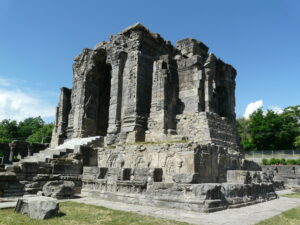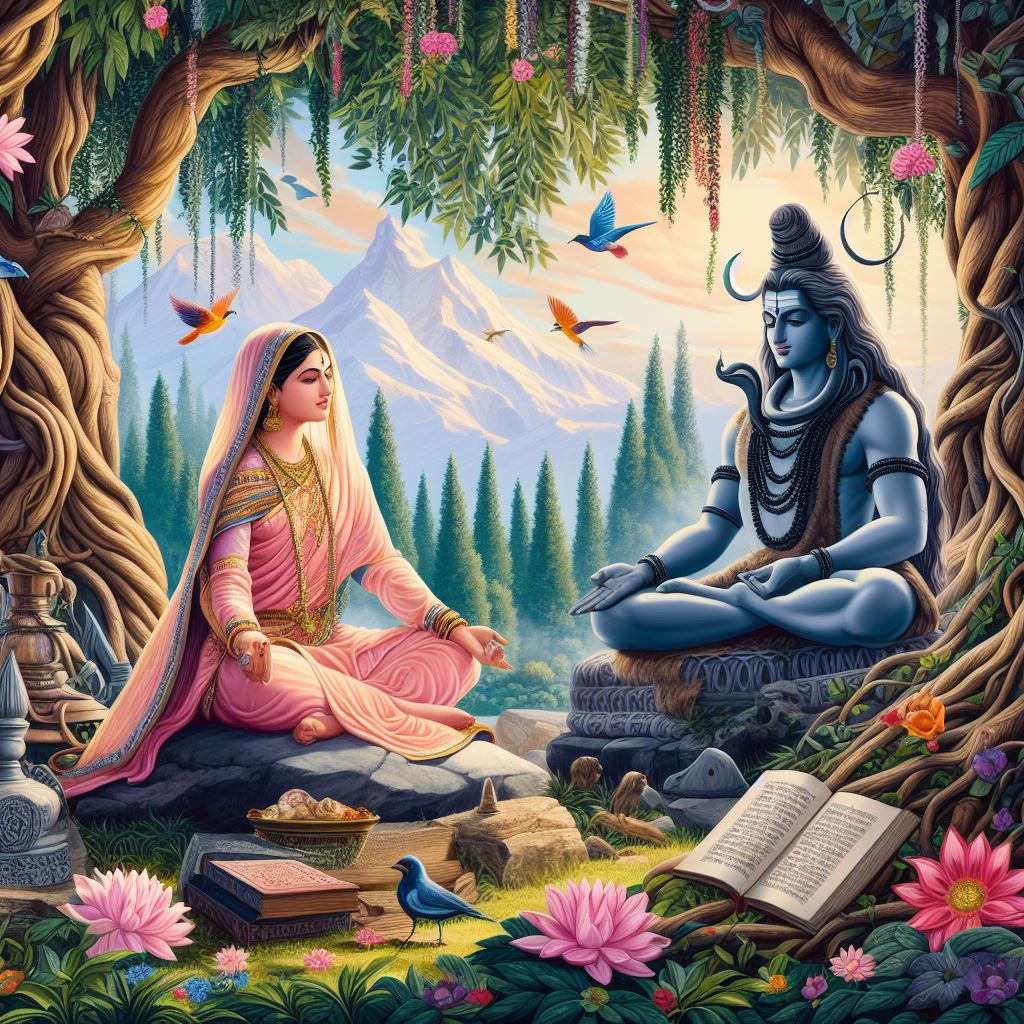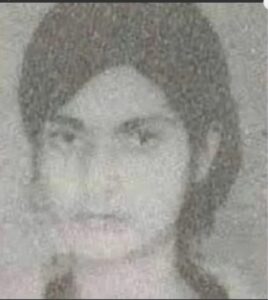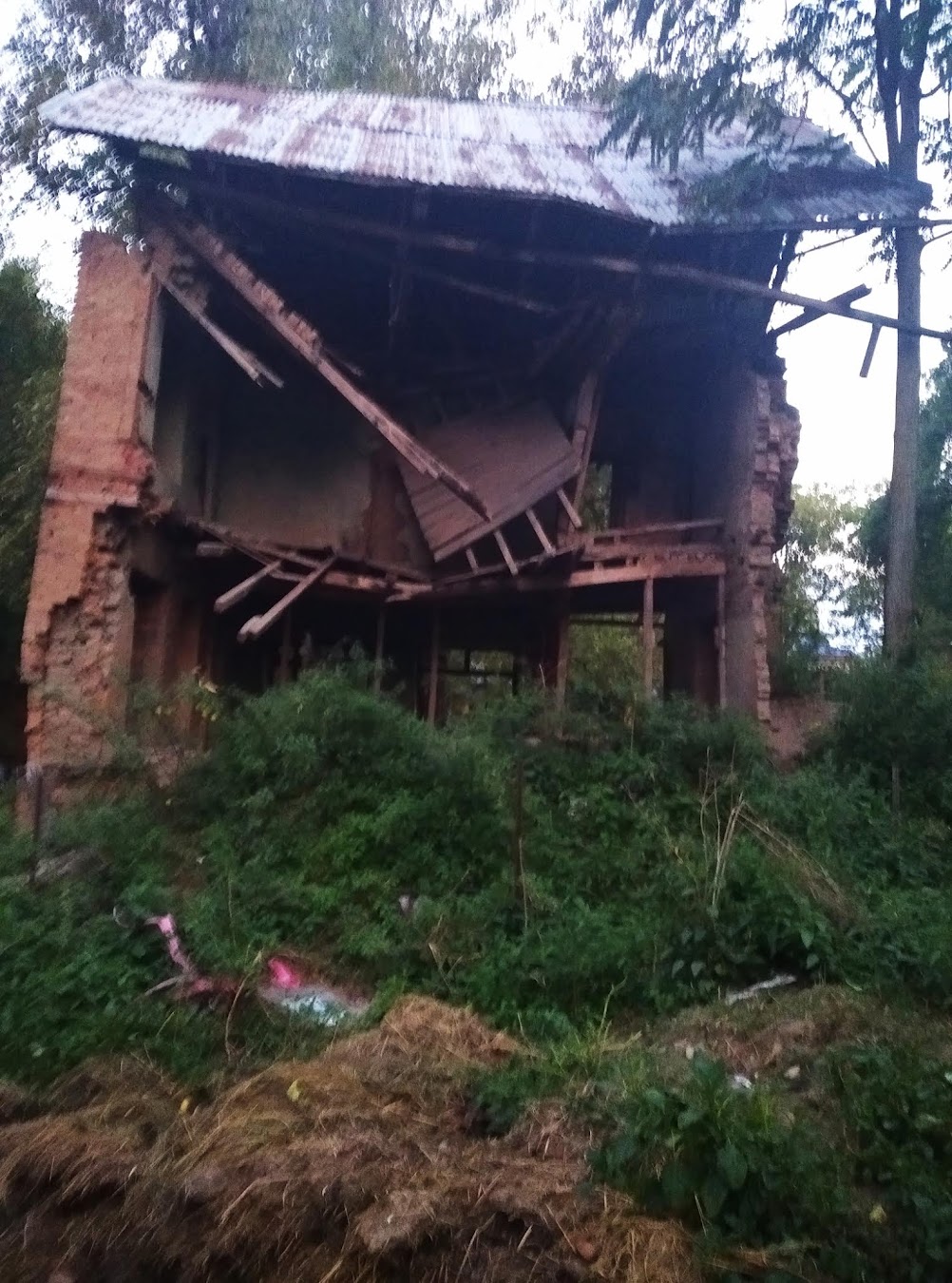Introduction:
The inclusion of Article 370 in the Indian Constitution stands as a landmark moment in the nation’s history, shaping the relationship between the Indian Union and the state of Jammu and Kashmir. This article explores the critical provisions of Article 370, its historical origins, the architects behind its drafting, and the subsequent contentious revocation that unfolded in 2019.

Key Provisions of Article 370:
Article 370 was a provision in the Indian Constitution that granted special autonomy to the region of Jammu and Kashmir. It allowed the state to have its own constitution and decision-making authority, except in matters related to defense, foreign affairs, finance, and communications. This special status was intended to be a temporary measure, but it remained in place for several decades. In August 2019, the Indian government abrogated Article 370, revoking the special status of Jammu and Kashmir and integrating it more closely with the rest of the country.
Historical Background:
The Accession in 1947 marked a turning point, with Maharaja Hari Singh’s Instrument of Accession permitting Parliament to legislate on specific matters. The drafting and adoption of Article 370 occurred in 1949, solidifying Jammu and Kashmir’s unique status. A Presidential Order in 1954 extended the application of the Indian Constitution to the state.
Architects of Article 370:
Gopalaswami Ayyangar, a crucial member of the Indian Constitution’s Drafting Committee, proposed the inclusion of Article 370. He actively contributed to the drafting and incorporation of this article, which conferred special status upon the state of Jammu and Kashmir. Ayyangar justified the need for Article 370 in the Constituent Assembly, pointing to the “special conditions” prevailing in Jammu and Kashmir, such as the ongoing conflict in the region during that period.
Role of Sheikh Abdullah in Article 370
Sheikh Abdullah played a pivotal role in the talks that culminated in the incorporation of Article 370. In July 1949, he, along with three others, received nominations from the ruler of Jammu & Kashmir to participate in the Constituent Assembly. The negotiations occurred at Sardar Vallabhbhai Patel’s residence in the presence of Prime Minister Jawaharlal Nehru and ultimately led to the adoption of Article 370.
Throughout the discussions, Sheikh Abdullah emphasized that the Article should not extend to Fundamental Rights and Directive Principles, leaving it to the state’s Constituent Assembly to make the decision. His active engagement and negotiations with Indian leaders significantly influenced the shaping of Article 370, bestowing special status upon Jammu and Kashmir.
Key demands of Sheikh Abdullah during the negotiations for Article 370?
During the negotiations for Article 370, Sheikh Abdullah, the Prime Minister of Jammu and Kashmir, had several key demands. He insisted that the Article should not extend the Fundamental Rights and Directive Principles, but leave it to the state’s Constituent Assembly to decide whether or not to adopt them. He also wanted the state to have its own constitution and decision-making powers, except in the areas of defence, foreign affairs, finance, and communications. Abdullah’s involvement and negotiations with Indian leaders were instrumental in shaping the provisions of Article 370, which granted special status to Jammu and Kashmir
Jammu and Kashmir Constituent Assembly:
The Jammu and Kashmir Constituent Assembly comprised representatives elected through adult franchise, totalling 75 members exclusively from the National Conference party. Emulating procedures akin to the Indian Constituent Assembly, smaller groups within the Assembly formed committees responsible for crafting draft articles.
These committees’ reports, containing the proposed articles, were then presented to the plenary Assembly for approval or rejection through a vote. Convening for the first time on October 31, 1951, the Jammu and Kashmir Constituent Assembly played a pivotal role in defining the state’s relationship with the Indian Union. It achieved this by enacting the Constitution of Jammu and Kashmir, acknowledging the state’s integral part in India while retaining its distinct special status.
Who were the members of the Jammu and Kashmir constituent assembly
The Jammu and Kashmir Constituent Assembly was composed of 75 members, all of whom were from the National Conference party. Some of the prominent members included Sheikh Abdullah, Mirza Mohammad Afzal Beg, Maulana Mohammad Syed Masudi, and Moti Ram Baigra
Sampat Prakash and article 370
Sampat Prakash, a Kashmiri nationalist, trade unionist, and activist, played a crucial role in advocating for the preservation of Articles 370 and 35A, which granted special status to Jammu and Kashmir. He believed that these provisions were essential for safeguarding the identity and rights of the Kashmiri people. In the case of Sampat Prakash vs State of Jammu & Kashmir, he contested the modification of Presidential Orders under Article 370, and the court ruled that Article 370 had never ceased to be operative. Sampat Prakash’s unwavering commitment to these causes earned him respect within the mainstream separatist movement
Sampat Prakas recently died on July 1, 2023 in Srinagar
How Article 370 was Removed:
The removal of Article 370, which granted special status to the region of Jammu and Kashmir, was executed through a constitutional process initiated by the Indian government. The key mechanism employed was the utilization of powers under Article 370(1) to amend Article 367, the interpretation clause of the Constitution.
When Article 370 was Removed:
The revocation of Article 370 took place on August 5, 2019. This historic decision marked a significant shift in the status and autonomy of Jammu and Kashmir within the Indian Union.
The Process of Removal:
The government’s decision to revoke Article 370 was driven by the aim to address violence and militancy in the region and to integrate Jammu and Kashmir more closely with the rest of the country. By amending Article 367, references to the “Government of the State [Jammu and Kashmir]” were modified to “Governor of the State,” rendering Article 370 ‘inoperative’ while still existing in the constitution.
This constitutional manoeuvre allowed the government to dismantle the autonomy granted by Article 370, including the annulment of Article 35A. The removal of Article 35A opened up the possibility for non-Kashmiris to buy property in the region, sparking concerns about potential demographic changes.
The decision to revoke Article 370 was met with considerable controversy, with varying opinions among legal experts and political leaders. While some argued that the revocation breached the spirit of the provision, particularly due to the absence of concurrence from the Constituent Assembly of Jammu and Kashmir, others supported the government’s decision. The move received majority support in the Indian Parliament, with backing from various political parties.
Govt justification on the Revocation of Article 370
The Indian government justified the revocation of Article 370, which granted special status to Jammu and Kashmir, as a necessary measure to quell violence and militancy while facilitating the integration of the region with the rest of the country. The removal of Article 370 was carried out through the utilization of powers under Article 370(1), which allowed amendments to Article 367, the interpretation clause of the Constitution. By altering references to the “Government of the State Jammu and Kashmir to “Governor of the State,” the government effectively rendered Article 370 ‘inoperative,’ despite its continued presence in the constitution.
Supreme Court upheld the revocation of Article 370
The government’s revocation of Article 370 was affirmed by the Supreme Court, which decreed that the dissolution of Article 370 would only occur upon the recommendation of the Constituent Assembly as specified in Article 370(3). The Court also upheld the President’s authority to issue orders under Article 370, encompassing the ability to add, amend, vary, or rescind them
Key Takeaways:
- Article 370 granted special autonomous status to Jammu and Kashmir within the Indian Union, with limitations on central government’s jurisdiction.
- The provision’s historical roots lie in the Instrument of Accession signed in 1947 and aimed to address specific regional concerns.
- Its revocation in 2019 sparked significant controversy, with arguments surrounding constitutionality, potential benefits for regional development, and concerns about human rights and Kashmiri identity.
- The Supreme Court upheld the government’s action, but legal challenges and discussions on the issue continue.
- The long-term impact of Article 370’s revocation on Jammu and Kashmir, India, and regional stability remains to be seen.
For related content Get your copy on the exodus of Kashmiri Pandits” Kashmiri Pandits: A tale of solitude and Survival and explore the heart-wrenching yet inspiring saga on Kashmiri Pandits











